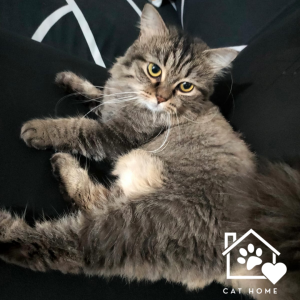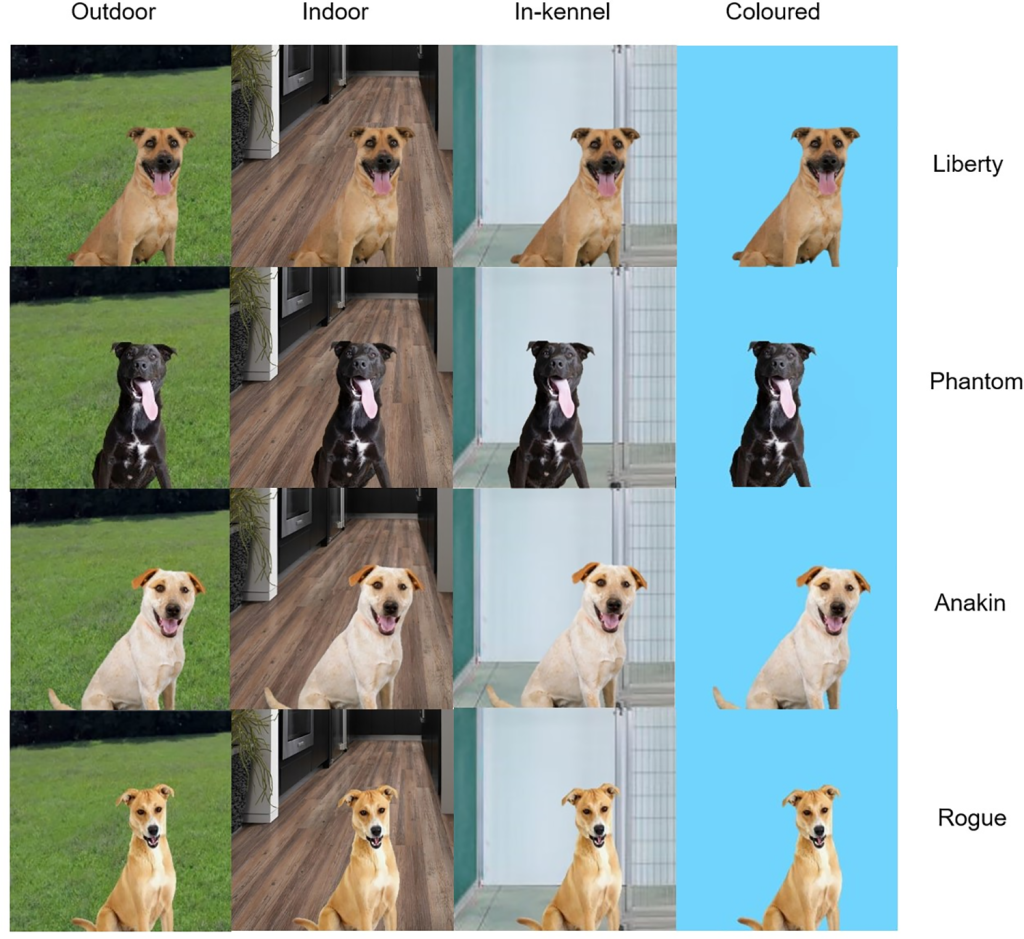An Interesting Article on Using Technology to Optimise Pet Adoption
It caught my eyes
I have advocated for pet adoption for a couple of years since I decided to adopt my first cat, Kenzo, in 2020. This topic has been a subject close to my heart ever since, and I wind up with three cats now. I also volunteered with Project LUNI to utilise my digital marketing skills to help rescue organizations create content that resonates with their target audiences.
So, when I stumbled upon (Lamb, Andrukonis & Protopopova, 2021) article related to this topic, I was immensely grateful that such studies have been done and intrigued to see the findings.

Interesting concept, but does it work?
The study is done to analyse clicks or engagements from audiences through the perception of the sociability of shelter dogs’ profiles with the use of artificial backgrounds. As expected, the findings were deemed inconclusive as a single dog sitting position profile photo staring directly into the camera with four different artificial photo backgrounds does not predict any link to engagement, interest, or profile clicks/views.
Even though this is one of the main criteria (dog sitting pose) that determined the effect of the adoption, with the highest rated by viewers as friendly or adaptable. I believe more photo elements could alter the perception of sociability than just a photo background. This method could arguably be vague and unjustifiable.
Online marketing is about finding ways to engage your target audience. The purpose is to find a pattern of perception of sociability or friendliness. In that case, various other tactics can be put at play here to determine the dog’s sociability. A desirable method will focus on collecting data based on not a single approach (background colors) and considering aspects in a different context.
Context is everything
For example, an approach like combining contextual elements like artificial backgrounds in an indoor and outdoor setting. This time, it could show one in a single sitting shot, and another shot with human interaction as the authors (Protopopova et al.) claimed active social behaviors initiate adoption interests. This approach will give a different outcome that could help animal shelters enhance their online advertisements of animals in their shelters. For instance, these organisations can use these proven tactics on certain dark-colored coat animals that are least adoptable, like black cats or dogs (Workman & Hoffman, 2015), to see if it impacts their adoption rate.
Like any rescue organisation or animal shelter, the marketing checklist is vital to getting the animal adopted faster. This includes their digital footprint, like website, social media, email/ contact details, and content ideas (ASPCA pro, n.d.) that resonate with people. These organisations can utilise different content to optimise their marketing efforts by using other tactics and strategies like an interactive high-quality profile photo or video, comprehensive written bio, and happy-ending adoption stories to share with the public to advocate and influence others to “adopt, don’t shop.”
It is relatable
However, even with technology adoption and digital marketing strategies, the adoption process might still be lengthy for most animal shelters and rescue organisations (Best Friend Network Partner, n.d.). It can be considered defeating the online marketing efforts’ purpose and advocacy on the “adopt, don’t shop” message. These organisations are still very stringent on their requirements due to putting the animal’s well-being first, which will determine their quality of life. Not only them but as an independent fosterer myself, it is hard for me to gauge if I made the right decision and if the animal will end up in a loving home.
Despite that, similar to the organisations, I need to learn to trust potential adopters. Although I want to protect the cats in Singapore as much as possible, I must accept that returns are not the end of the world. As a pet adopter advocator, I will continue to be on a mission to educate others and hope for the best for my foster cat, Ami, that she will end up in a loving home soon.

References:
ASPCA Pro. (n.d). Tools & Tips: Marketing Checklist for Animal Shelters and Rescues. ASPCA Pro. Retrieved 24 March, 2023, from https://www.aspcapro.org/resource/marketing-checklist-animal-shelters-and-rescues
Best Friends Network Partners. (n.d.). Proven Strategies: You Asked the Potential Adopter What? Best Friends Network Partners. Retrieved 24 March, 2023, from https://network.bestfriends.org/proven-strategies/editorials/you-asked-potential-adopter-what
Lamb F, Andrukonis A, Protopopova A. The role of artificial photo backgrounds of shelter dogs on pet profile clicking and the perception of sociability. PLoS One. 2021 Dec 16;16(12):e0255551. doi: 10.1371/journal.pone.0255551. PMID: 34914699; PMCID: PMC8675723.
Project LUNI. (n.d.). Project LUNI: Rehoming & Caring for Street Cats in Singapore. Project LUNI. Retrieved 24 March, 2023, from https://www.project-luni.com/
Workman MK, Hoffman CL. An evaluation of the role the internet site Petfinder plays in cat adoptions. J Appl Anim Welf Sci. 2015 Oct 2;18(4):388–97. pmid:26114500

